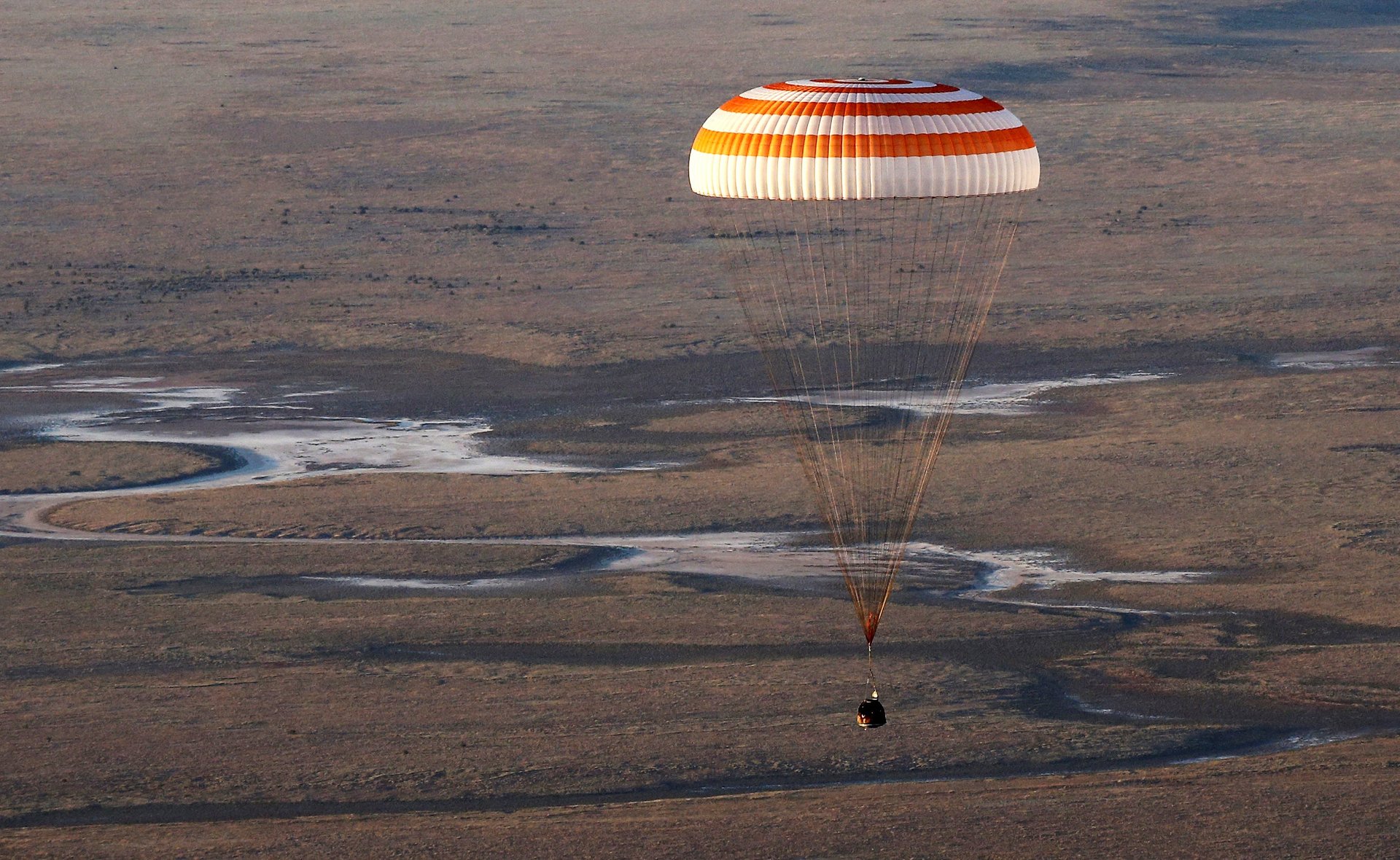How astronauts survived the Soyuz’s near-disaster
The destruction of a Russian rocket carrying an American and a Russian into space today (Oct. 11) was nearly the worst nightmare for the space program—another Challenger. Instead, the two men landed safely 34 minutes later, rescued by the automatic abort systems in their space capsule.


The destruction of a Russian rocket carrying an American and a Russian into space today (Oct. 11) was nearly the worst nightmare for the space program—another Challenger. Instead, the two men landed safely 34 minutes later, rescued by the automatic abort systems in their space capsule.
How did what a senior astronaut called “a good news story” happen?
In the early afternoon local time at the Baikonur cosmodrome in Kazakhstan, Russian cosmonaut Aleksey Ovchinin and US astronaut Nick Hague were strapped tightly into their Soyuz capsule, atop a 55-m rocket consisting of three booster stages. Ignition went well, and the rocket cruised into the sky, with the livestream showing the astronauts consulting their table computers inside the cockpit.
Less than two minutes into their flight, at an altitude of about 50 km (31 miles) above the planet and moving several times the speed of sound, something went wrong as the first set of boosters separated from the vehicles. The video stream showed the passengers being shaken inside the cabin before it was cut.

Reid Wiseman, the deputy chief of NASA’s astronaut office, said the astronauts were alerted about one second in advance by a warning light that turned on inside the capsule. Then, an automatic system fired pyrotechnic bolts to cut the capsule free from the rocket, even as abort motors mounted on the capsule ignited to carry it away from the rest of the vehicle. It was the first time the launch escape system had been used since 1983.
At that moment, the astronauts likely experienced “an acute onset of g” equal to six or seven times the force of Earth’s gravity, Wiseman said. And then, they called into the control stations to report feelings of weightlessness. Onboard the International Space Station, another astronaut caught an image of the Soyuz capsule as it soared briefly out into space.
“The first thing we heard them report was that they sensed weightlessness,” Wiseman says. “Next call we had was that they were feeling fine.”
At that point, the Soyuz capsule was at the edge of space, but without the full burn of its rocket boosters behind it, it would not have the velocity necessary, roughly 28,000 km per hour (17,500 mph), to stay in orbit around the Earth without being dragged back through the atmosphere, much less catch up with the International Space Station.
Ballistic reentry
Instead, the astronauts were instructed to “engage the ballistic reentry mode.” Astronauts talk a lot about reentry, because it is one of the most dangerous phases of spaceflight as the spacecraft encounters the atmosphere again. Modern space capsules are shaped for a shallow glide into the atmosphere that limits the stress on the occupants—but that assumes the right approach speed and angle. In the old days of Yuri Gagarin and John Glenn, capsules reentered ballistically—that is, under the force of gravity alone. Today the method is still used in emergencies.
Plummeting straight through the atmosphere is no pleasant task. The capsule spins like a rifle bullet as it flies to make sure its heat shields remain pointed at the ground; if it somehow flipped and exposed the hatch to the super-hot air generated by contact with the atmosphere, the spacecraft would burn up like Columbia. Astronauts who have participated in ballistic reentries due to malfunctions recount the experience as something they’d like to have missed.
In the case of today’s flight, the white-knuckle ride ended with a successful parachute descent near the city of Dzhezkazgan, one of the staging points for the astronauts during their training procedures. Russian search-and-rescue forces were able to spot the descending spacecraft and arrive at its landing site before it touched down.
The astronauts were returned safe and sound, if likely exhausted, bruised, and battered, to their launch site. Investigators are working to determine what caused the worrying failure. A defect discovered in a Soyuz capsule in August increased concerns about the vehicle, which was the only way to reach the International Space Station until this accident. US companies SpaceX and Boeing are working to a build a new generation of astronaut-carrying spacecraft that are expected to debut next year.